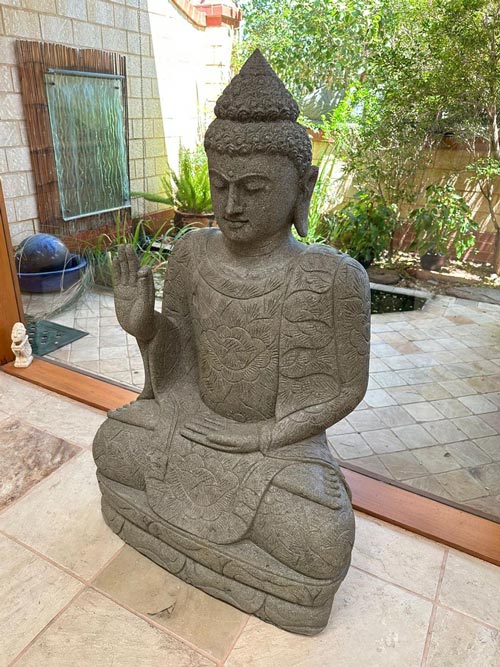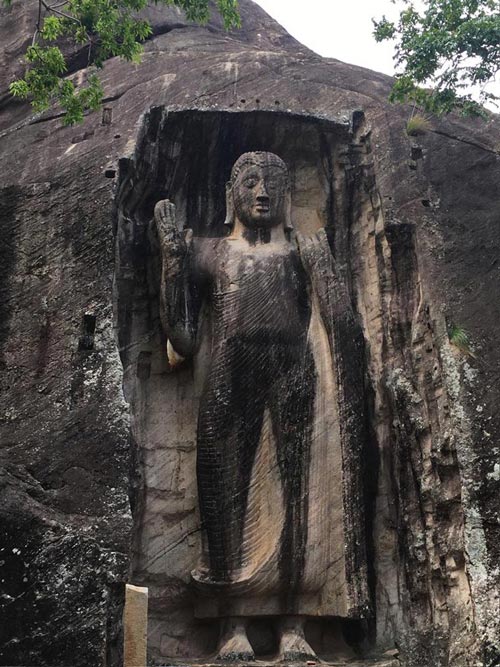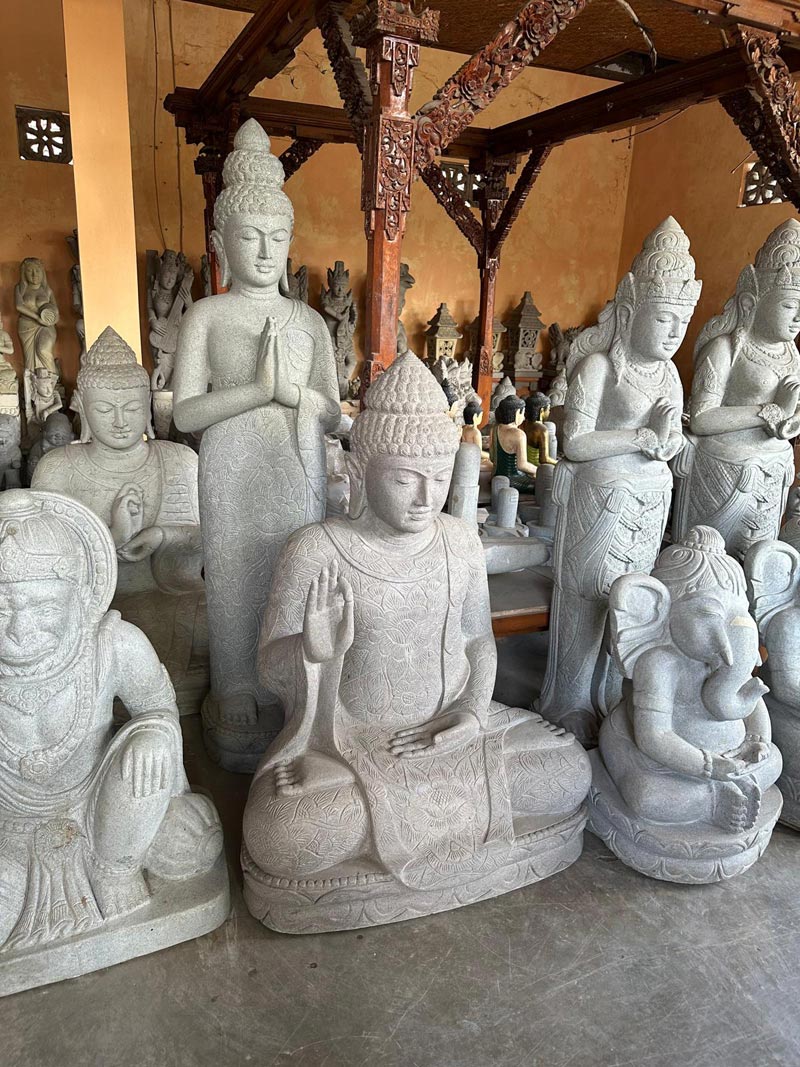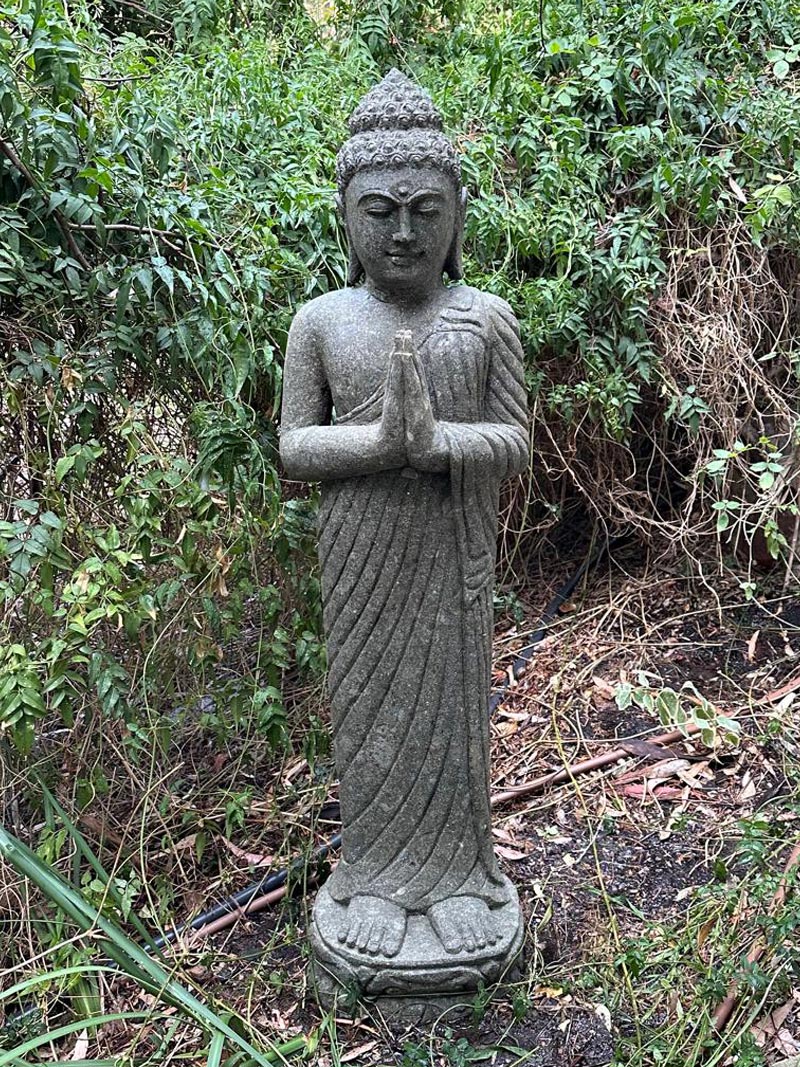
Sleeping Buddha
The Sleeping Buddha which has one hand supporting his head (usually his right hand) is also known as the Shakyamuni or Nirvana Buddha. The Sleeping Buddha is also commonly named the Reclining Buddha, symbolizing the Buddha’s last breath where he releases himself from the endless cycles of reincarnation.
Sleeping Buddha statues represent the Buddha in his final moments just before entering Parinirvana or the state of great salvation after death and is one of the most popular symbolic themes in Buddhist art. The Sleeping Buddha, depicts the Buddha during his last illness, lying on his side (usually his right side) with his head resting and supported by his elbow and hand.
This posture known as mahaparinirvanasana, signifies the Buddha’s transition into Parinirvana, the final state of enlightenment and liberation from the cycle of rebirth. The Buddha is said to have known that his death was approaching and asked his disciples to make a couch for him in a bush to make it easy for him to lie down. Although he had attained enlightenment and became the Buddha, as a human being, the Buddha eventually had to leave his physical appearance. This moment is believed to have taken place in Kushinagara in India when he was eighty years old. Therefore, this physical demise of the awakened world is termed as Mahaparinirvana, the state beyond Nirvana.
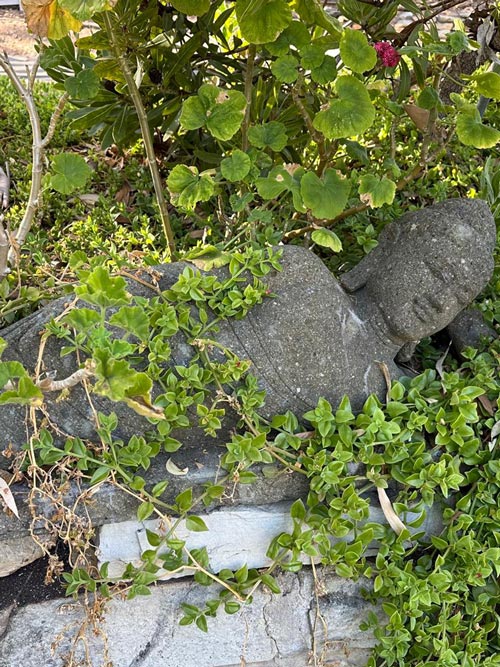
The Sleeping Buddha is often depicted with a calm and content expression, reflecting the peace and serenity of his final moments and a powerful symbol of the Buddha’s final act of teaching and entering the ultimate state of peace.
The Sleeping Buddha statues are not supposed to induce the state of sadness but rather should be taken as an object of encouragement that all beings have the potential to be awakened or enlightened and release themselves from the suffering which is characterized by the cycle of rebirth. The serene and smiling expression of the Buddha in this reclining position portray the compassion and calmness that comes with the enlightenment.
